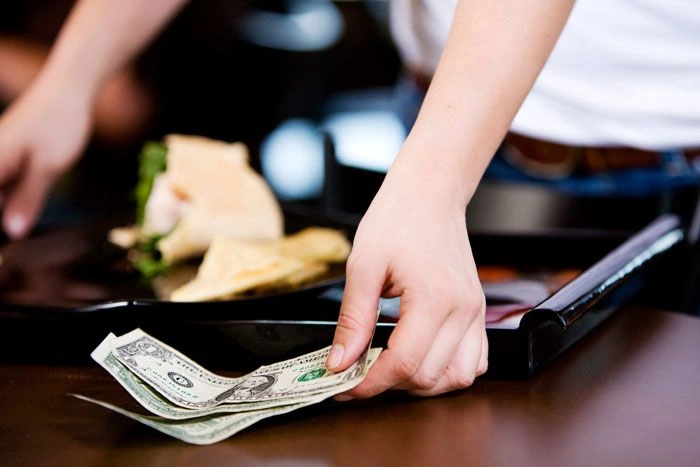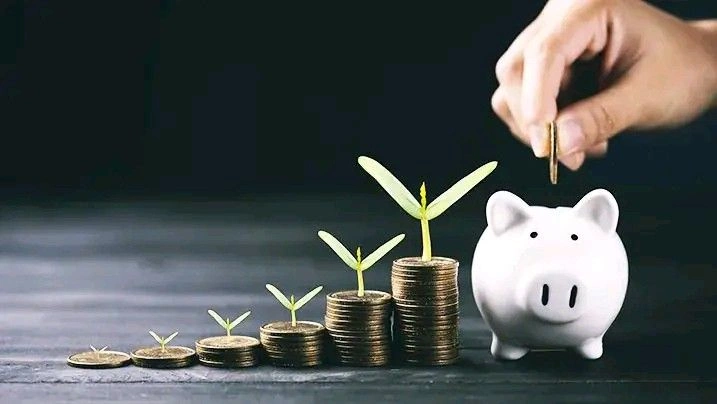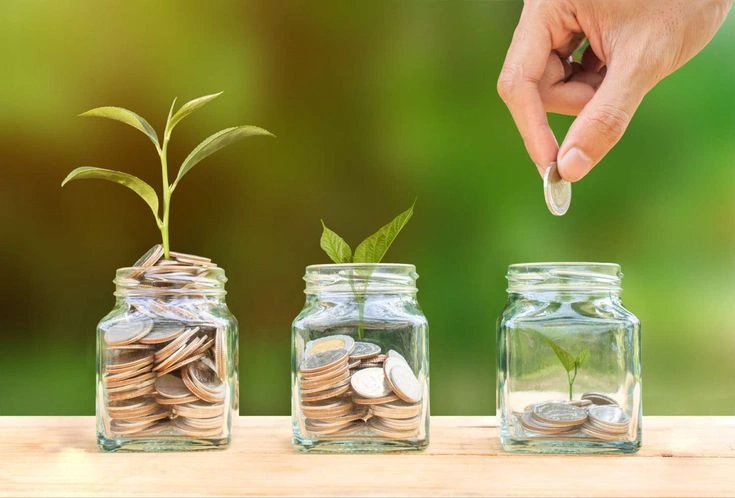In today’s world, financial stability isn’t just a luxury—it’s a necessity. One unexpected medical bill, job loss, or car repair can throw your entire budget off track. That’s why building an emergency fund is one of the most important financial steps anyone can take. Yet, many people either postpone it or believe they don’t earn enough to start saving.
Here’s the truth: building an emergency fund doesn’t require a big salary or a financial degree. It requires commitment, a bit of planning, and the willingness to start—no matter how small.
What Is an Emergency Fund and Why Do You Need One?
An emergency fund is simply a separate savings account that is set aside to cover unexpected expenses. These could include medical emergencies, urgent home or car repairs, or even a sudden job loss. The key to an emergency fund is accessibility: it should be easy to reach in a crisis, but not so easy that you’re tempted to dip into it for non-urgent purchases.
Without this kind of financial cushion, people often turn to credit cards or loans, which can lead to long-term debt and financial stress. An emergency fund is your personal financial safety net—it helps you stay in control when life throws you a curveball.
Step 1: Understand How Much You Actually Need

You might hear different numbers thrown around—$1,000, three months of expenses, six months of expenses. The ideal amount depends on your lifestyle, obligations, and job security. If you’re a freelancer or have irregular income, you might want to aim for a larger fund. If you live with family or have minimal expenses, you might start with a smaller target.
A practical starting point is to aim for one month’s worth of essential expenses. This means rent or mortgage, groceries, utilities, transportation, and minimum loan payments. Once you’ve reached that, continue building toward three to six months. The important thing is to begin somewhere, even if it’s just with a few hundred taka or dollars.
Step 2: Open a Separate Savings Account

To avoid the temptation of spending your emergency fund, keep it separate from your regular checking account. Choose a basic savings account, ideally one with a competitive interest rate and no monthly fees. Some people use high-yield savings accounts or even digital wallets with savings features.
The point is to make your emergency fund accessible in a real emergency—but not too accessible that you’ll casually use it for online shopping or impulse purchases.
Step 3: Build the Habit of Saving Regularly

Saving doesn’t happen magically—it happens with a system. And one of the most effective systems is automating your savings. Set up an automatic transfer that moves a fixed amount from your main account to your emergency fund each week or month. Even a small amount like $10 or ৳1,000 can grow quickly over time.
Treat your emergency savings like a monthly bill. It’s not optional. The more consistent you are, the faster your fund will grow, and the stronger your financial confidence will become.
Step 4: Boost Your Savings with Extra Income

Sometimes, progress feels slow—especially if you’re living paycheck to paycheck. In those cases, look for opportunities to give your emergency fund a little boost. Did you get a tax refund? Freelance payment? Festival bonus? Use part of it to top up your fund.
You can also sell unused items at home, take up a side hustle, or cut back on non-essential spending for a few weeks to push your fund forward. Every bit helps—and small wins can lead to big momentum.
Step 5: Resist the Urge to Touch It

Once your emergency fund starts growing, it can be tempting to use it for things that aren’t true emergencies. A flash sale on a new phone, tickets to a concert, or even a last-minute trip with friends may feel urgent—but they’re not. The power of an emergency fund lies in its purpose. Using it for non-emergencies weakens that power.
Be disciplined. Define for yourself what qualifies as an emergency. That way, when something unexpected does happen, you’ll be relieved that the money is there—right where it should be.
Step 6: Rebuild After You Use It
Life happens—and that’s the whole reason your emergency fund exists. If you do end up using part (or all) of it, don’t feel bad. That’s exactly what the money was meant for. The important thing is to go back into “building” mode as soon as you can. Make a plan to replenish the fund and get back on track.
You already built it once—you can do it again, and probably faster this time.
Final Thoughts
An emergency fund isn’t just about money—it’s about peace of mind. It gives you the power to face life’s uncertainties without panic, stress, or going into debt. Whether you’re earning a lot or just getting by, what matters is consistency, not perfection.
Start small, start today, and let your emergency fund be the first step in your journey toward true financial independence.

